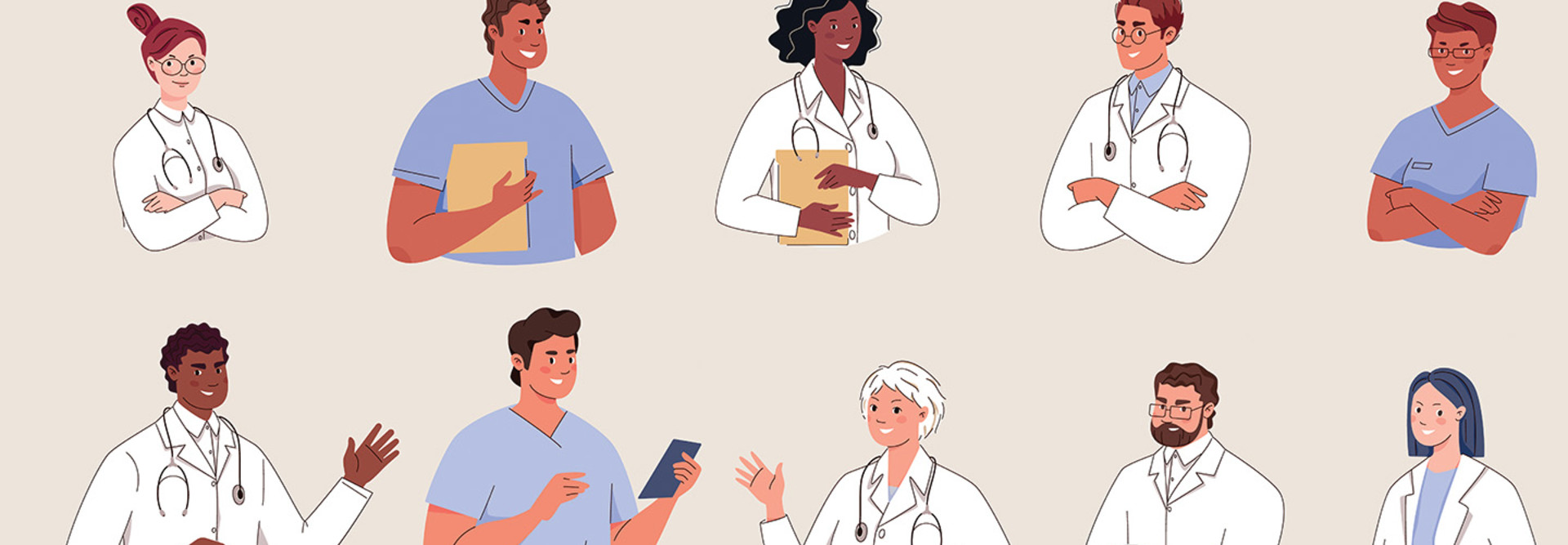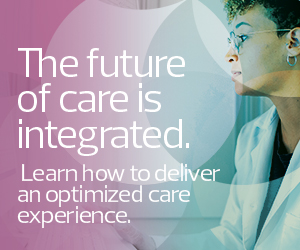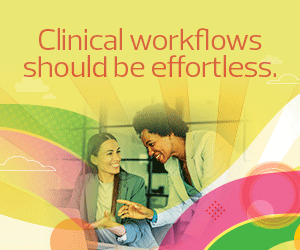While technology has continued to revolutionize healthcare — from advanced imaging to genetic analysis — it has also, in the minds of many providers, dehumanized it. The foremost culprit is the electronic health record. As valuable as it is in so many ways, providers believe the EHR takes time and attention away from their patients during the day, and from their families when charting invades the evening hours. And they’re not wrong.
Attitudes toward EHR technologies will improve as their many benefits continue to accrue. Among them will be big-picture humanization through improved care that EHRs enable via connectivity, standardization along best practices, and insights from analytics based on large pools of patient data.
In the meantime, a large part of the answer to the workforce-related healthcare technology conundrum lies in human-experience technologies. While sophisticated human resource functionality is part of the story, HE technologies involve much more than payroll, recruiting and onboarding. These technologies help boost morale, advance careers, improve retention and build community.
How to Expand Your Toolkit to Center the Human Experience
HE technologies can help caregivers flourish despite the often-dehumanizing stress of organizational mandates. They can help healthcare workers understand their skill sets, experience levels and the value they add to an organization. More important, HE technologies can help healthcare workers understand what the organization can do for them.
LEARN MORE: How the modern data platform fuels success.
The applications are diverse. They include regular “pulse” checks to measure employee satisfaction, mental wellness and engagement, all of which can identify where an actual human touch is needed. More broadly, these solutions help team members feel looked after and cared about.
Learning management systems are a core feature. The best of these push autonomy and independence to the end user, so lessons — often, microlessons taken on the cusp of their practical deployment — are consumed when it works for them. They also present learning options designed to help personnel determine their own paths in the opportunity landscape of a particular healthcare organization. More broadly, they foster a culture of curiosity and continuous learning.
Using employee-specific capability profiles as a basis, intelligent talent-management solutions apply machine learning to give team members tailored recommendations for learning, roles, assignments, mentors, networking with colleagues and more.
On the flip side, managers can tap into intelligent talent-management solutions that can pick the right person for a particular opening based on sophisticated criteria. For example, consider a medical-surgical nurse in the latter stages of an advanced training program and thus capable of more complex care. Older systems might overlook that person because the training box had yet to be checked. With insights from today’s solutions, a nurse manager might recognize a person ready to embrace the challenges of a move to an advanced care unit while the training wraps up. These sorts of goal- and development-management subtleties add up for a healthcare organization, lowering turnover and boosting retention.
Click the banner below to discover how to improve workflow efficiencies for clinicians.













